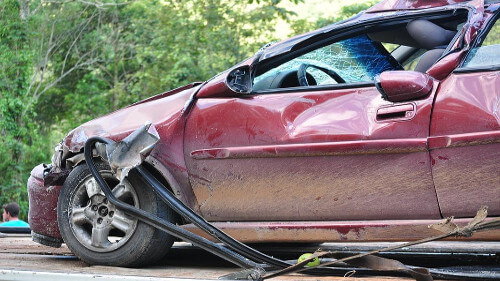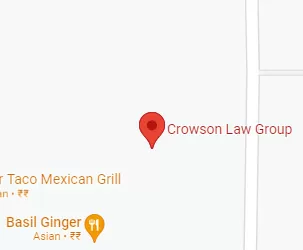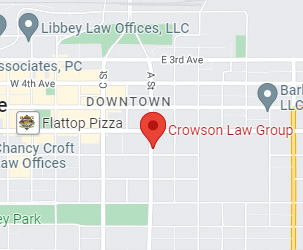Products Liability and Strict Liability

When people hear the term personal injury, it is easy to assume that this requires the individual to have suffered some form of physical, mental or emotional injury as a result of the negligent actions of the defendant. This article will look at suing for defective products where the plaintiff did not suffer injury.
It is important to note that some form of injury or loss is necessary in order for a plaintiff to bring a viable legal claim over a dangerous or defective product. As with some personal injury claims, it is impossible to bring about a products liability claim against any defendants, unless the plaintiff experienced some kind of injury or loss.
When a consumer is harmed by a defective product which could result in a products liability lawsuit, one important aspect is that such lawsuits are not based on the negligence standard, which is used with respect to the majority of other personal injury cases but is based rather on a concept referred to as ‘strict liability’. According to the Cornell Law School Legal Information Institute, “strict liability exists when a defendant is liable for committing an action, regardless of what his or her intent or mental state was when committing the action.” Generally, a manufacturer or seller of a product is liable if:
- The product contains a defect that is unreasonably dangerous, and The defect causes injury to a reasonably foreseeable user of the product.
With respect to strict product liability, no consideration is given to whether or not the manufacturer or seller was somehow careless or negligent, as a result there is no reasonable person standard with which to measure the defendant’s conduct. The main issue with respect to products liability cases is whether the product was unreasonably dangerous or not.
For a plaintiff to recover damages in any personal injury case, including products liability lawsuits, the plaintiff must have suffered some type of legal compensable injury. So, as mentioned above, the product’s “defect causes injury to a reasonably foreseeable user of the product”. However, it is important to understand that a legally compensable injury does not necessarily have to be a physical injury; in fact, it could include a financial injury. To illustrate: Esther bought a defective electrical outlet and installed it in her home. When she plugged her TV into it, the outlet caught on fire, burned a small area of the wall and destroyed the TV. Esther was not harmed and nothing else in the house was damaged. If the outlet was defective, Esther has a products liability claim. The manufacturer produced and sold a defective product that was unreasonably dangerous and that caused financial damage to a reasonably foreseeable user of the outlet. So, if Esther’s TV cost $250, and it cost $100 to repair the damage to the wall and the outlet itself cost $1.50, Esther can claim for damages to the amount of $351.50. However, where physical injuries are involved, the value of the products liability claim rises immensely because physical injuries open up compensation for non-economic damages.
For legal advice and representation with respect to personal injury, contact Wasilla accident personal injury attorneys.


